In the course of researching Martha, I ran across a Youtube video of one of her most famous dances, “Errand into the Maze.” It’s a recreation of the dance that premiered in 1947. You can see it here.
Twelve years ago, I had watched the video of this dance, but I didn’t’ really see it. At that time, I was mostly interested in it from a biographical perspective. Was this about Graham’s ambivalence about marrying Erick Hawkins, one of her dancers? I had accepted the analysis of the dance pundits that “Errand” is about a woman’s fear of sexual intimacy.
The dance is based on the Greek myth of Theseus and the Minotaur. In the story, the warrior Theseus must slay the Minotaur that lives in a labyrinth. Adriadne, the king’s daughter, helps Theseus by giving him a ball of thread that he uses to find his way out. In Graham’s version, there is no male warrior. It is Ariadne herself who enters the maze and slays the monster.
What Martha Graham has done is take us into the internal landscape of the survivor and her memories. Every single beat of this dance was suddenly intelligible and relatable to me. As an archetype, it reinforces the map of a survivor’s terrain: You are here. You may find yourself here later on. And if you can manage to get here, you’re out of the woods.
But all this time, she has been growing stronger. This time, when he leaves, she discovers a joy, a lyricism in her body. She discovers pleasure. The contractions return, but she is integrating them, owning them as part of her body—part of her process. They are no longer an alien force violating her. She participates. She experiences them as part of her strength. And when the Minotaur returns, she still doesn’t want to look, she still experiences the dread. He gloats, he menaces, he taunts. She is avoidant, she tries to move away… He still frightens her, but there is a new determination. Her hands are over her uterus.
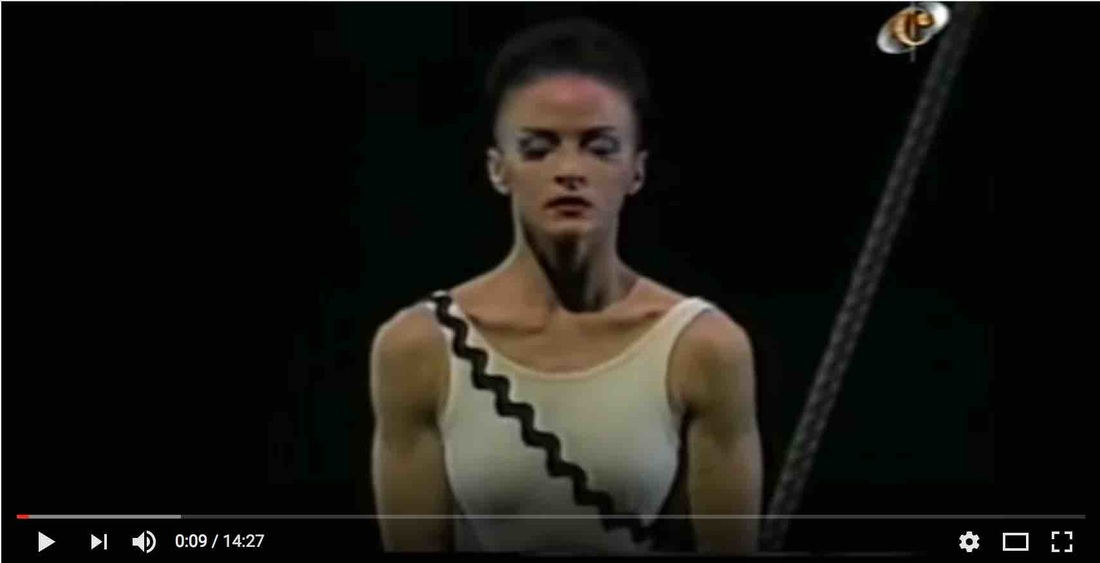
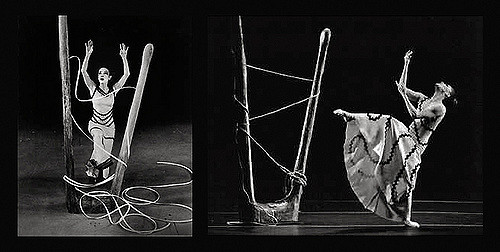
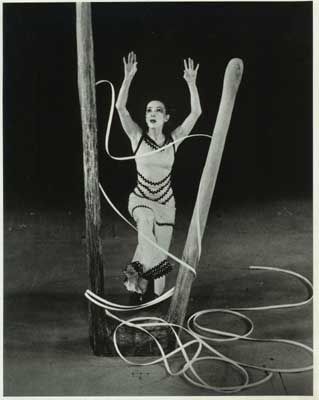
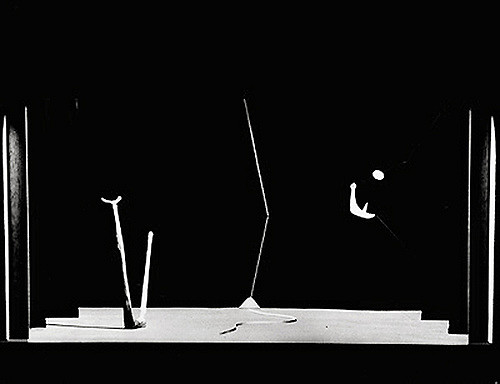
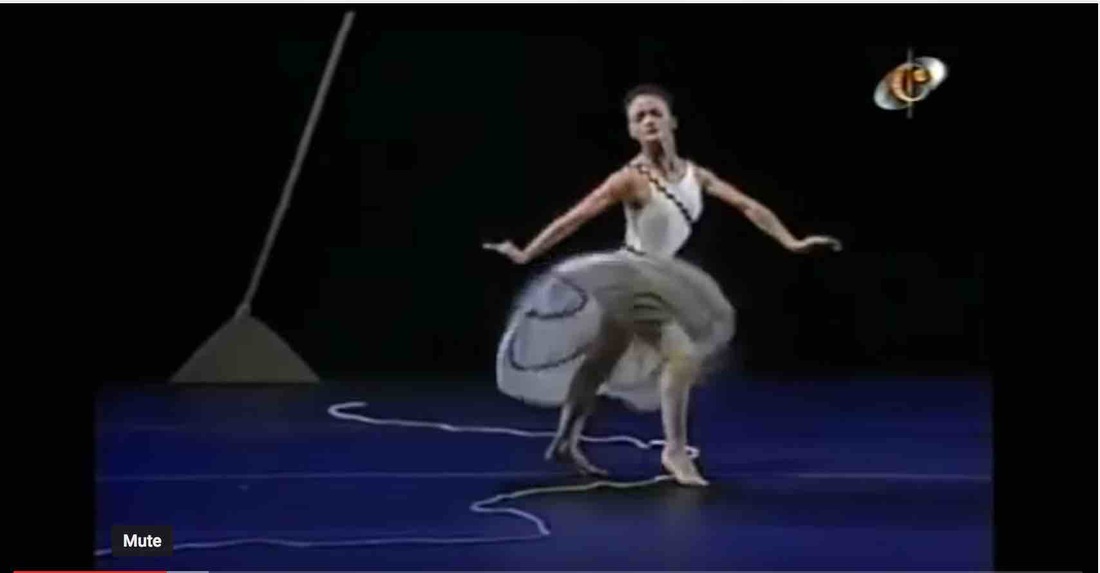
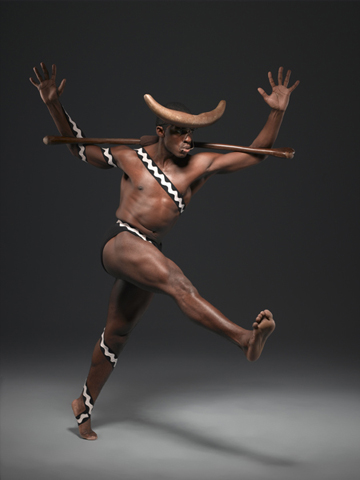
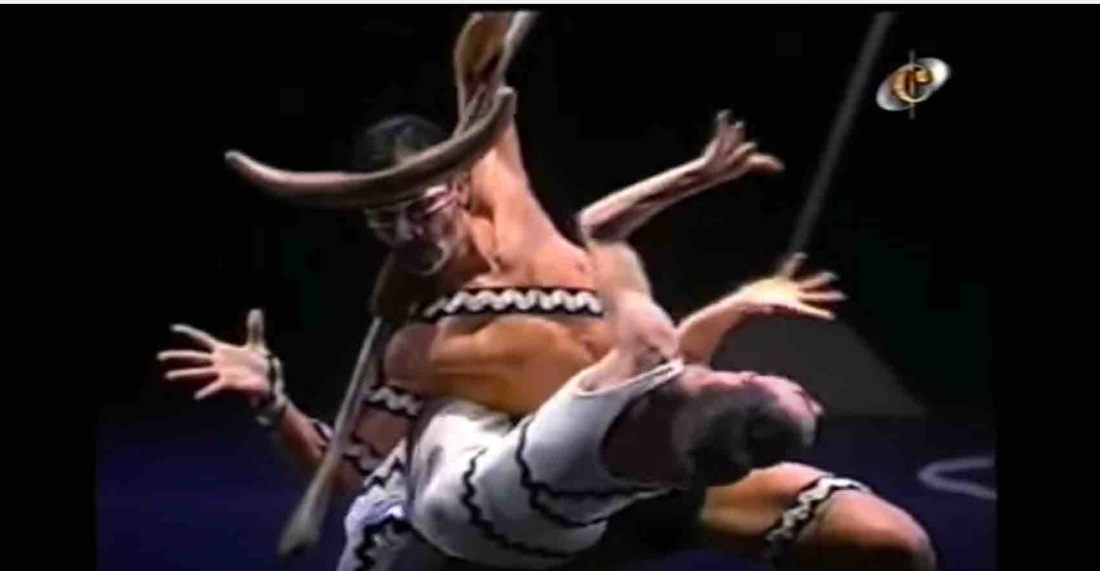
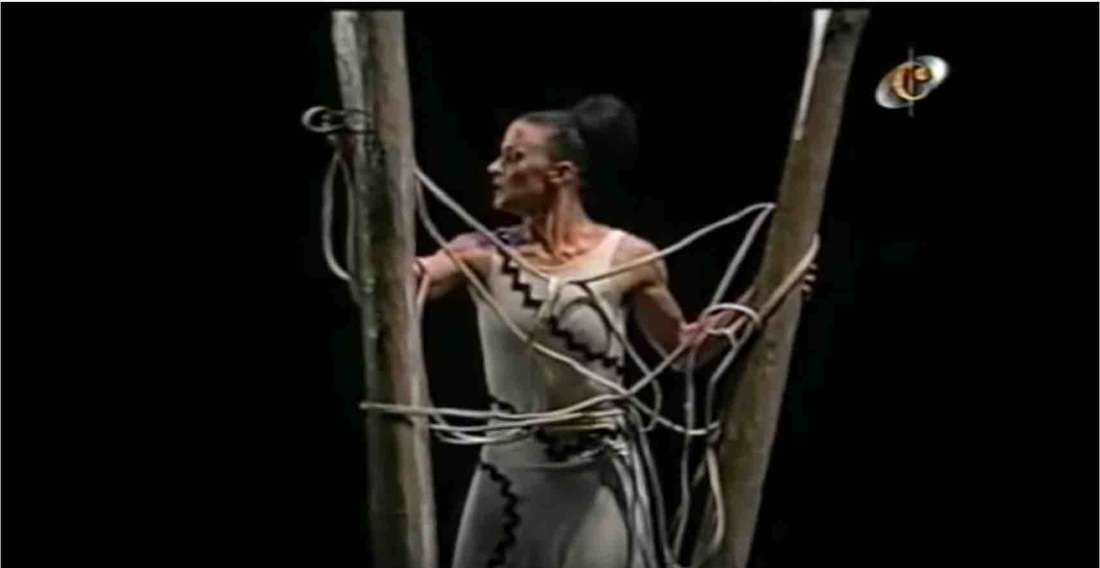
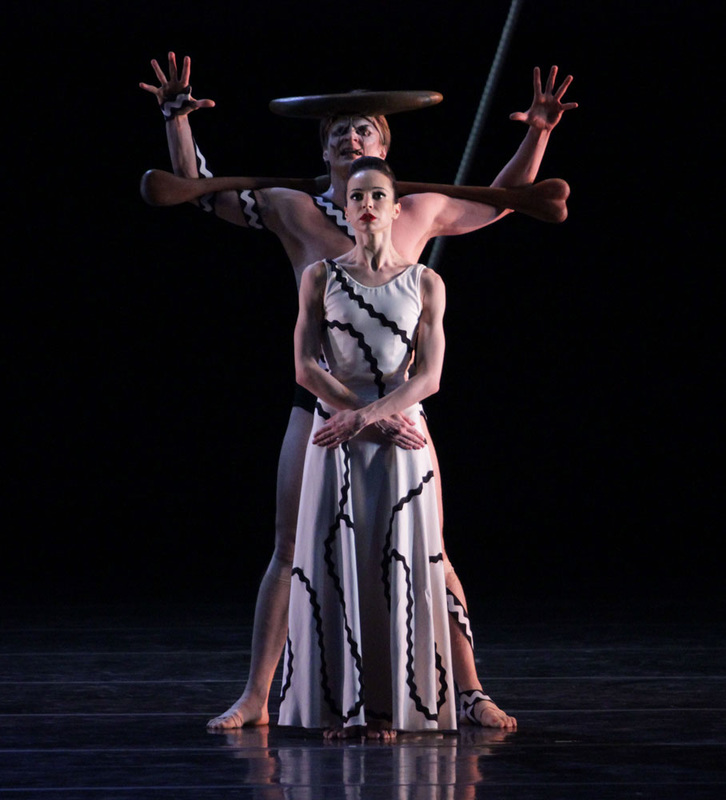
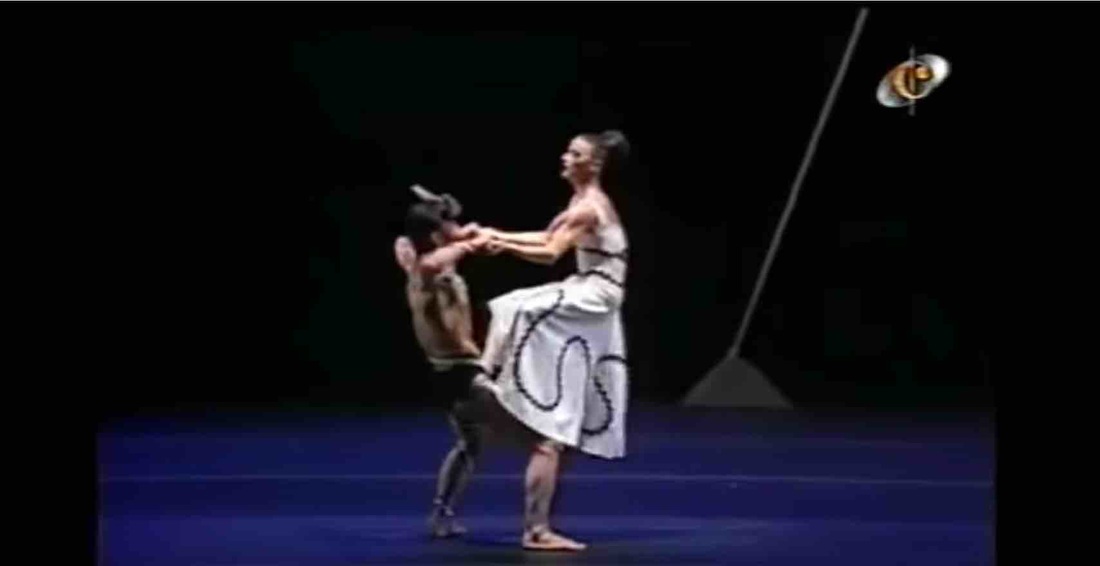


 RSS Feed
RSS Feed
